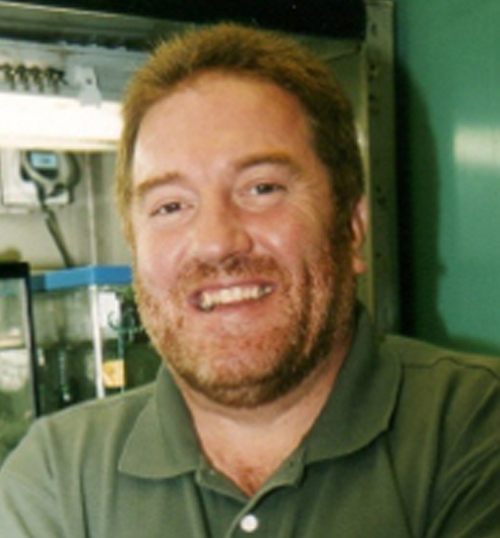TPC2-MEDIATED Ca2+ RELEASE IS REQUIRED FOR THE ESTABLISHMENT OF THE EARLY SPINAL CORD CIRCUITRY AND THE DEVELOPMENT OF SLOW SKELETAL MUSCLE CELLS IN ZEBRAFISH EMBRYOS.
Abstract
We recently demonstrated, via the introduction of a translational-blocking morpholino antisense oligonucleotide (MO), a critical role for two-pore channel type 2 (TPC2)-mediated Ca2+ release during the differentiation of slow (skeletal) muscle cells (SMCs) in intact zebrafish embryos. Following this initial report, we extended our study and demonstrated that knockdown of TPC2 (with a non-overlapping splice-blocking MO); knockout of TPC2 (via the generation of a tpcn2dhkz1a mutant line of zebrafish using CRISPR/Cas9 gene-editing); or the pharmacological inhibition of TPC2 action (with bafilomycin A1 or trans-ned-19), also led to a significant attenuation of SMC differentiation, characterized by a disruption of SMC myofibrillogenesis and gross morphological changes in the trunk musculature. STED super-resolution microscopy revealed a close physical relationship between clusters of ryanodine receptors (RyR) in the terminal cisternae of the sarcoplasmic reticulum (SR), and TPC2 in lysosomes, with a mean estimated separation of ~52-87 nm. Our data therefore add to the increasing body of evidence, which indicate that localized Ca2+ release via TPC2 might trigger the generation of more global Ca2+ release from the SR via Ca2+-induced Ca2+ release. Furthermore, in zebrafish, one of the first observed behavioral activities is the SMC-mediated spontaneous coiling contractions of the trunk. This behavior begins at ~17 hours post-fertilization (hpf) and coincides with the spontaneous activity of the primary neurons in the spinal cord as well as Ca2+ transients generated in the SMCs in the trunk. Here, we report that TPC2-mediated Ca2+-release is also required for the establishment of highly synchronized connectivity within the zebrafish embryonic spinal circuitry. Using the SAIGFF213A;UAS:GCaMP7a double-transgenic line of fish (a kind gift from Prof. Koichi Kawakami), which expresses GCaMP7a in the caudal primary motor neurons (CaPs), Ca2+ transients were visualized starting from the early stages of spontaneous activity at ~18 hpf. We report that TPC2 inhibition resulted in a decrease in the frequency and amplitude, as well as the ipsilateral and contralateral correlation, of the CaP Ca2+ transients, indicating a significant disruption of the maturing spinal circuitry. Together, our new data suggest a novel function for TPC2-mediated Ca2+ signalling in the development, coordination, and maturation of the early neuromuscular activity of zebrafish embryos. This work was supported by: HK RGC-GRF awards 16101714 & 16100115; ANR/RGC award A-HKUST601/13, and HK-ITC (ITCPD/17-9).
